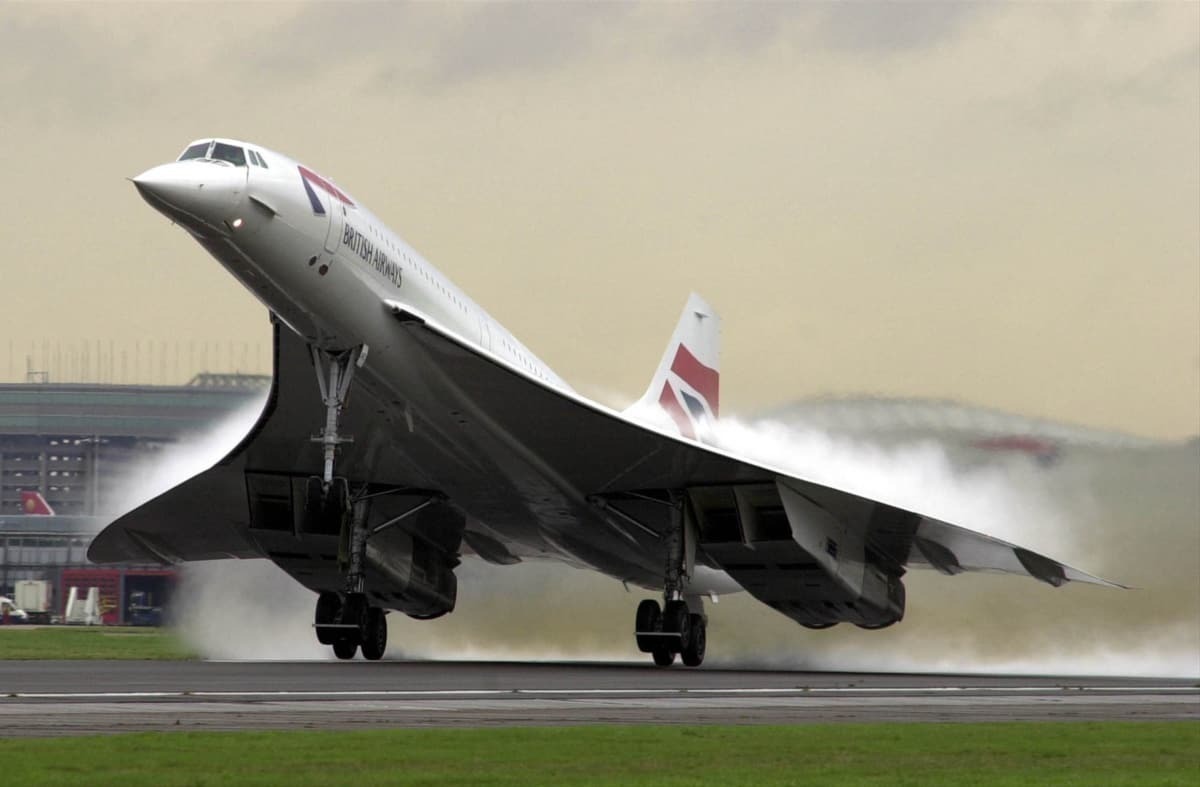Commercial aircraft today cruise at altitudes of 30,000 feet and beyond. When flying as a passenger, one can often hear the flight’s cruising altitude in announcements from the cockpit. But exactly how high are aircraft permitted to operate? And what are the limitations of going higher?

Limits set for commercial aircraft
The maximum permitted altitude varies from aircraft to aircraft. An optimal cruising altitude is also a factor achieving a given aircraft’s best range. These limits guide the height that an aircraft flies at, rather than any legal or regulatory requirements. Although, of course, air traffic control in each airspace has ultimate authority over an aircraft’s precise altitude.
Most commercial aircraft are approved to fly at a maximum of around 42,000 feet. This maximum is also known as a ‘service ceiling.’ For example, for the double-decker Airbus A380 ‘superjumbo’ quadjet, this ceiling is 43,000 feet. Meanwhile, for the Boeing 787-8 and -9 ‘Dreamliner,’ it is 43,100 feet. The stretched 787-10 comes in a little lower, at 41,100 feet.
Stay informed: Sign up for our daily aviation news digest.

To use another example, earlier Boeing 737s (up to the -500 variant) have a service ceiling of 37,000 feet. This ceiling was increased to 41,000 feet with the introduction of the 737-600. The -600 was the first and smallest variant of the 737 ‘NG’ (Next Generation) family. For optimal operation, most aircraft will be guided to fly slightly lower than this, typically around 35,000 feet.
Why fly so high?
There are several reasons why airlines would want to fly their planes at such altitudes. The primary purpose of such operations is to optimize efficiency. At higher altitudes, the air is thinner. This produces less resistance, allowing the aircraft to fly faster using less fuel. Jet engines also operate more efficiently at a higher altitude, as they can be run closer to their maximum capabilities.

The exact height chosen for a given flight will also depend on wind conditions. Aircraft will aim to take advantage of or minimize the adverse effects of high altitude jet stream winds. To help with this, pilots may find that they need to adjust their altitude. They will also seek to avoid areas of turbulence and adverse weather by climbing or descending accordingly, if permitted by air traffic control.
Why don’t aircraft fly higher?
This then raises the question of why not fly higher than this? And why are there set ceiling limits? Although the thinner air creates efficiency advantages at altitude, there is a point at which the air becomes too thin. Much thinner air means that the engines cannot produce enough trust, and the wings would not produce sufficient lift. There could also be problems restarting a failed engine at a higher altitude, in the event of a failure.
There are also safety implications of flying at higher altitudes for passengers and crew. In the event of cabin decompression, the aircraft will descend quickly to a lower altitude. This takes more time from a higher altitude, and this crucial difference could endanger passengers.

There are defined measures for the ‘time of useful consciousness’ (TUC). This measure describes how long a person would remain conscious in the event of a cabin decompression. At 35,000 feet, this is 15 to 30 seconds, which generally provides sufficient time for passengers to fit oxygen masks. However, at 50,000 feet, this decreases to just five seconds.
Some aircraft can fly higher
While commercial aircraft have ceilings set in line with both engine and TUC limits, private aircraft have more scope. Many smaller corporate jets are rated to higher ceilings of, for example, 51,000 feet. They often have larger engines relative to the aircraft size and weight (which is often far less due to their low-density seating configurations), which help achieve this.

Concorde has been the only significant exception amongst commercial aircraft. It could fly up to 60,000 feet due to the increased lift generated when flying at much higher speeds. At low altitudes, drag would prevent it from reaching its high speeds. High above existing aerial corridors, the legendary British-French airliner cruised at speeds of up to Mach 2.04 (1,354 mph / 2,179 km/h).
At these higher altitudes, Concorde carried increased risks for passengers from decompression. There were several features used to minimize these. It could descend much faster than other aircraft, due to its delta wing shape. Concorde also had a system to assist with rapid emergency descent, which some corporate jets also use a form of. Finally, it had much smaller windows, as these would help slow a decompression if a window failed. With Concorde not having flown since 2003, most of us can only imagine how the world would have looked from 60,000 feet.
[ad_2]
Source link


